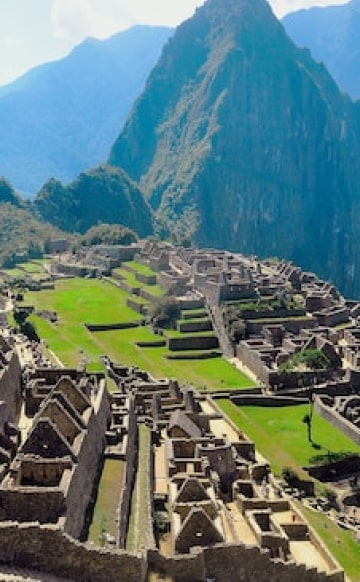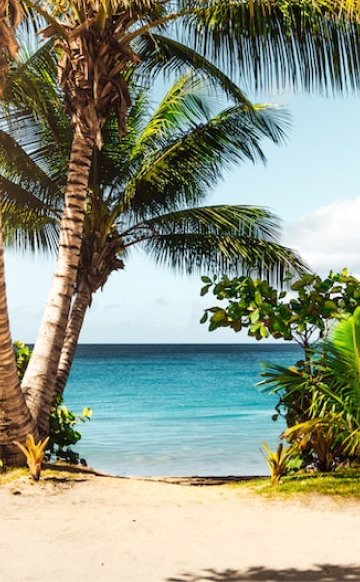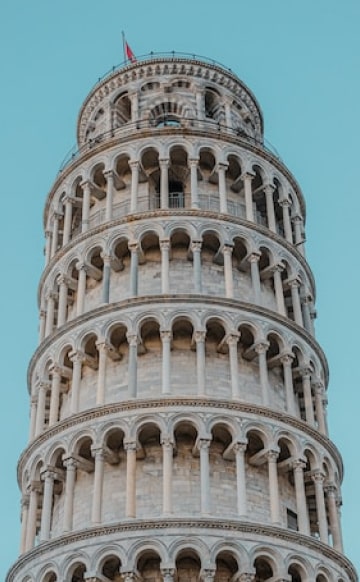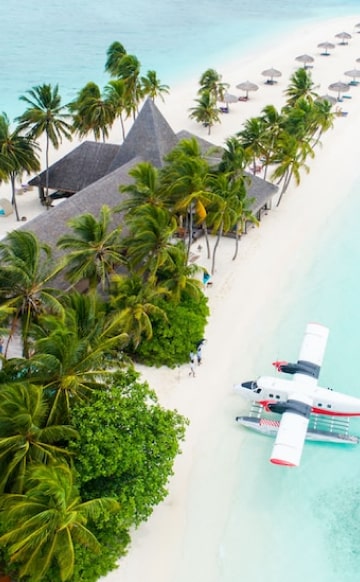New Industry Analysis: Hotel Popularity Soars as Vacation Rentals Lose Steam
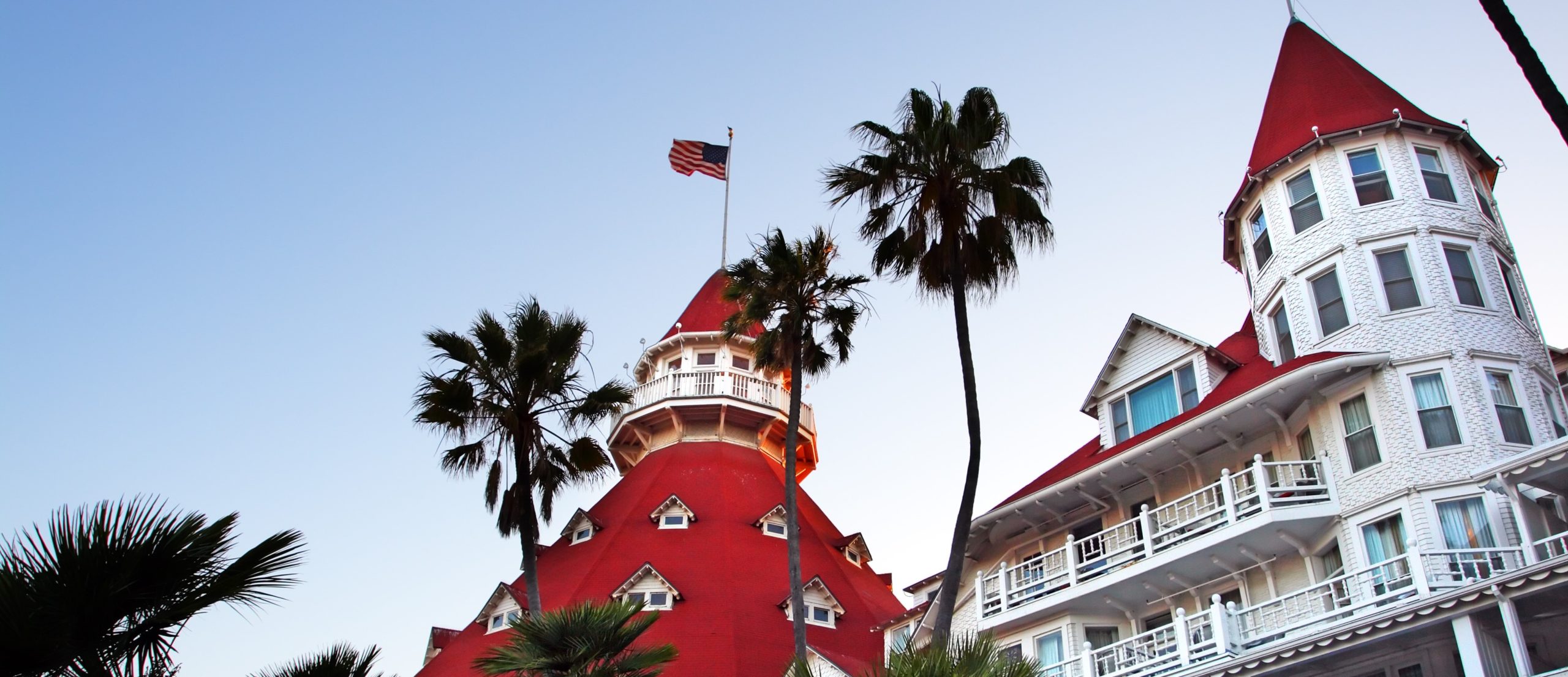
Hotels consistently outperform short-term vacation rental occupancy rates in the U.S. for the last ten months despite nightly hotel rates being more expensive in 2023 than comparable vacation rentals. Hotel revenues per unit surpassed vacation rentals last July, and the gap has steadily widened.
Trips to Discover obtained data from vacation rental analytics company, AirDNA and utilized STR hotel market research data to conduct a comprehensive four-year appraisal of the U.S. hospitality industry to identify long-term trends. The analysis reveals surging hotel popularity and subsiding enthusiasm for vacation rentals.
Summary of Our Key Findings:
- Hotels have had higher occupancy rates than vacation rentals since June 2022, with a 4% average difference by April 2023.
- Yearly vacation rental prices dropped for the first time since the pandemic began to $148 per night.
- Hotels earn $10 more per room/rental than comparable studio and one-bedroom vacation rentals as of April 2023.
What’s Happening
Falling vacation rental occupancy and nightly rates are symptoms of shifting hospitality demand. Short-term vacation rentals are losing favor among some of the general public and particular governments. Rising yearly Airbnb prices, media reports about guest-host conflicts, and even talk of an ’Airbnbust’ are growing, sparking concerns among some about the future of short-term vacation rentals.
Due to the coronavirus pandemic, vacation rentals gained popularity while the hotel industry declined. The spaciousness, privacy, and amenities of vacation rentals, like kitchens and laundry rooms, made them more attractive for social distancing while vacationing.
By mid-April 2020, the number of empty hotel rooms had reached a low point, with four out of every five rooms available. In contrast, vacation rental occupancies remained steady before skyrocketing in April 2021, eventually reaching an 80% peak that July.
Hotels are gaining popularity as travel returns to pre-pandemic levels while interest in vacation rentals stabilizes. This may be due to factors such as convenience and access to amenities. Hotels offer more consistency and round-the-clock staff, while vacation rental host regulations and availability vary greatly.
Hotels and vacation rentals each have their benefits, but according to the data, travelers prioritize the convenience and accessibility of hotels over the privacy and space of vacation rentals.
Nevertheless, it’s important to consider how small the vacation rental industry is compared to the dominant hotel industry. As of June 2022, vacation rentals only comprise roughly 13% of total U.S. accommodation demand. Demand is growing, up 15.8% this March from a year ago, according to AirDNA. This is partially due to a cooldown in the growth of available property listings, with new listings declining in March over February as a total percentage of available listings.
Airbnb stocks dropped in May due to lower forecasted second-quarter demand. The vacation rental industry has proliferated recently, but the data indicates a slowdown. While it can’t match the size and scale of the hotel industry, vacation rentals offer unique benefits like personal space and privacy. So despite its easing growth, the industry has carved out a niche for attracting travelers seeking unique experiences.
The Competition For Occupancy
The availability of vacation rentals changes depending on the season, making occupancy rates somewhat relative. On the contrary, hotel availability usually stays the same all year round.
Short-term rentals often have lower occupancy rates than hotels because of seasonal demand and higher pricing thresholds. Hotels can support the low seasons with business travelers and drop rates to fill rooms, while many rentals cannot due to cleaning and staffing costs.
Using a moving average to remove seasonal patterns, we compared weekly vacation rental occupancy rates to those of hotels over the last three years to reveal long-term trends.
Vacation rentals have been categorized into Rentals HC and Rentals 2BR+. Rentals HC are studio and one-bedroom vacation rentals comparable to hotels in terms of space, amenities and pricing. Rentals 2BR+ are vacation rentals with two bedrooms or more. While studio and one-bedroom rentals are a close substitute for hotels, two-bedroom or larger vacation rentals are different and provide a different experience.
By separating larger rentals into a separate category, we can better understand the overall performance of the vacation rental market beyond just those comparable to hotels.
Vacation rentals enjoyed regularly higher occupancy rates than hotels during much of the pandemic despite seasonal and price dynamic differences. A return to regular hotel occupancy rate dominance over vacation rentals marks a return to normal, post-pandemic travel.
Hotels dethroned vacation rentals in June 2022 after significant occupancy gains beginning in April 2021. Since the summer of 2021, vacation rental occupancies have slowly declined; only three of every five vacation rentals were full by April this year.
In contrast, hotel occupancies have steadily risen, reaching nearly 66% by April. Currently, vacation rental occupancies lag hotels by four percentage points when using a 12-month moving average. The last time hotels showed such a significant lead was in early 2020.
A Budget-Friendly Opportunity
Average nightly vacation rental rates were cheaper Jan-March of this year compared to a year ago after adjusting for inflation. Rental rates have only increased since the pandemic began making this the first time the average vacation rental is more affordable than the year before.
As vacation rental occupancy rates slump and the number of available rentals remains steady, travelers have a unique opportunity to book an Airbnb or Vrbo at lower prices than last year.
Hotels and comparable vacation rentals often cost the same, around $150 per night in 2023. Still, until last summer, vacation rentals were typically more expensive than hotel rooms throughout the pandemic. Nevertheless, there has been a significant shift in the hospitality space. Hotels have been slightly more expensive than vacation rentals by an average of 3.15% for the past four quarters.
According to the data, hotels have been experiencing higher occupancy rates and nightly rates for several consecutive months and quarters, respectively, leading to dominant revenue figures in the market compared to vacation rentals.
The change in trend suggests a return to the pre-pandemic era of travel, where hotels typically generated more significant revenue per room/rental and maintained consistently high occupancy rates. It marks a departure from the unique circumstances of the pandemic, which had allowed vacation rentals to outperform hotels in these metrics for a certain period.
Dive Deeper
Revenue per available room or rental (RevPAR) looks at how many rooms and rentals are filled and how much money hotels and vacation rentals make on average for each room. If RevPAR rises, it is usually a sign that occupancy, nightly rates, or both are growing. To adjust for seasonality, we used a moving average to reveal trends in traveler preferences.
Both occupancies and nightly rates are rising for hotels, reflecting rising demand. Combining both rates into one metric, RevPAR further underlines a return to pre-pandemic accommodation demand, with hotels typically earning more per room/rental than vacation rentals.
Last summer marked the first time since August 2020 that a 12-month moving average RevPAR for hotels and comparable vacation rentals was identical, equaling $86.80 per room or rental. The RevPAR gap between hotels and similar vacation rentals has only widened since then. Hotels took in $96.31 per room by April, and vacation rentals dipped to $86.70 on a moving average.
Meanwhile, RevPAR for vacation rentals comparable to hotels has stagnated since last summer. Their flatlined RevPAR is primarily due to lower occupancy rates, with some revenue loss due to modestly lower nightly rates after adjusting for inflation.
With hotels overtaking short-term vacation rentals in popularity, the U.S. hospitality industry is experiencing a significant shift in traveler preferences. As travel has returned to normal, hotels are once again on top. However, with the availability of vacation rentals holding steady and their occupancy and nightly rates declining, travelers can enjoy booking vacation rentals at lower prices than last year.
Methodology
Independent: Our research team’s findings are produced solely using data analytics. This analysis was based exclusively on internal data from vacation rental analytics company, AirDNA and publically available data from CoStar Group’s hotel market research division, STR. Our research is editorially independent, but we may earn a commission for any purchases made through links on this page.
Data Preparation: We gathered weekly occupancy rates, average daily rates (ADR) and revenues per available room (RevPAR) for U.S. hotels from STR’s press releases dating back to June 2019. We obtained weekly occupancy rates, ADR and RevPAR (revenues per available rental) for U.S. vacation rentals for the same timeframe from AirDNA. Vacation rental data was split into two categories: The rentals hotel-comparable (Rentals HC) category features studio and one-bedroom vacation rentals more proximate to hotels for analytic purposes. The second category, rentals 2 BR+, are vacation rentals with two or more bedrooms useful for independent analysis but should not be compared directly to hotels.
Analysis Techniques: We used a 12-month moving average to compare movement patterns in hotel and vacation rental occupancy rates and RevPAR. This enabled us to mitigate seasonality and other short-term market fluctuations by smoothing out the data to look for long-term trends. We adjusted ADR for inflation to March 2023 in our nightly rate year-over-year (YoY) analysis. Quarterly rate comparisons were made by averaging weekly rates for each period and adjusting for inflation. ADR rates used to calculate RevPAR were in nominal, unadjusted figures.
Study Limitations: Comparing short-term vacation rentals against hotels has several limitations resulting in some degree of study heterogeneity. For example, hotels are large, almost always open and a concentration of hospitality typically under single ownership. Vacation rentals are small, spread out, and more seasonally available with decentralized ownership. We only directly compared studio and one-bedroom vacation rentals with hotels to reduce heterogeneity. However, this quantitative synthesis is a meta-analysis of two different research companies. Their statistics are similar enough to be confident in our findings. Still, some variation is expected in measurement protocols between the two firms.
Replicability: Figures provided by AirDNA are proprietary. If you’re interested in the raw data behind the analysis, please don’t hesitate to contact hello@airdna.co. Figures from STR were manually collected from their press releases.
Contact Us: If you have any questions about this study or are looking to build a similar project and would like to know more about our process, please don’t hesitate to contact us at info@strivemedia.com, and we can walk you through the steps.

